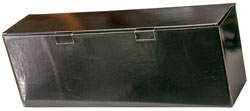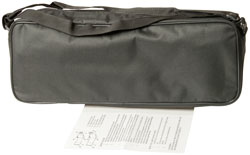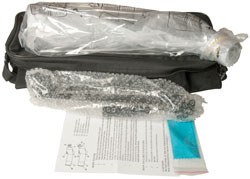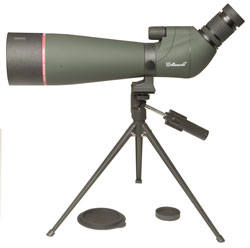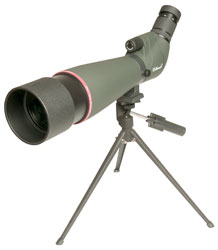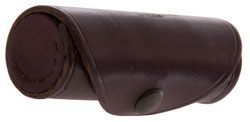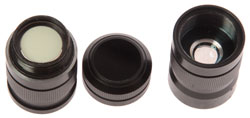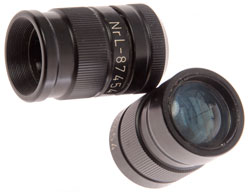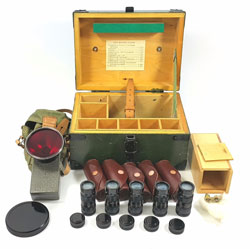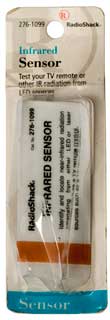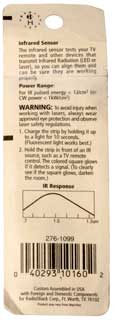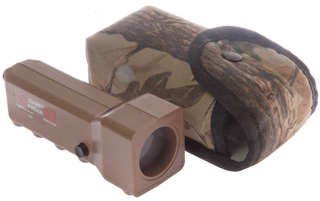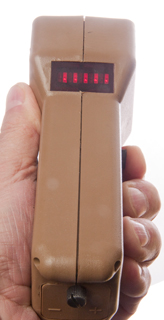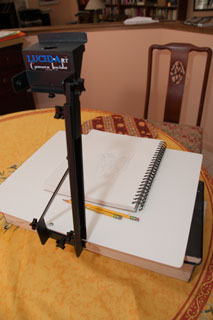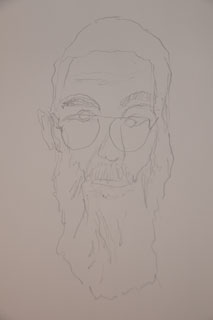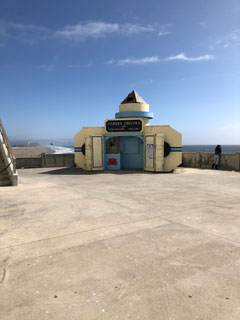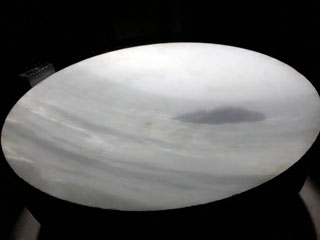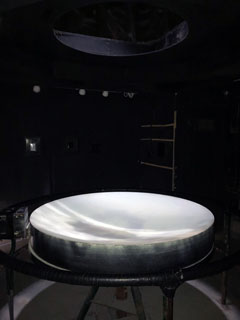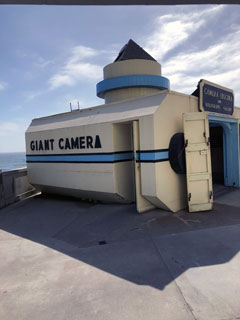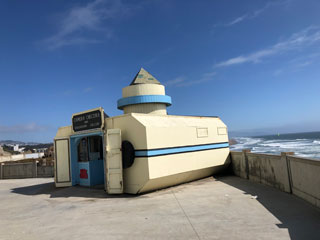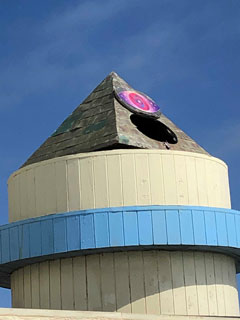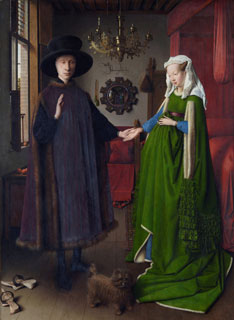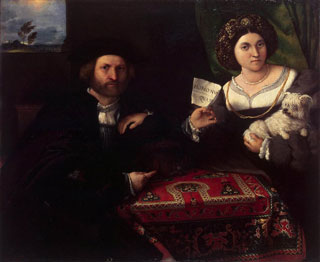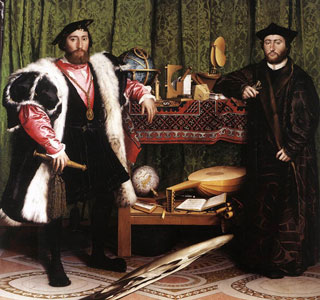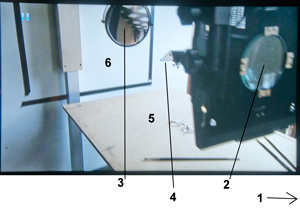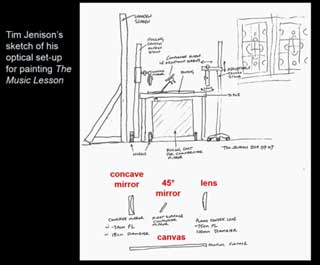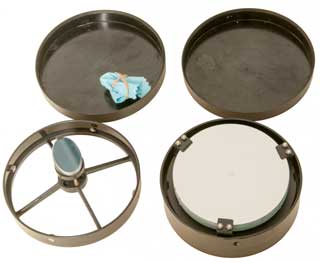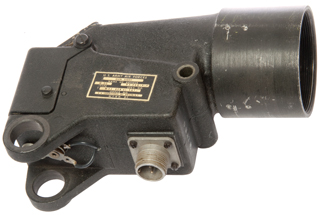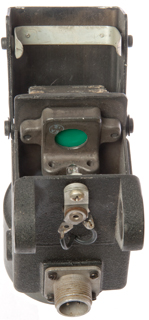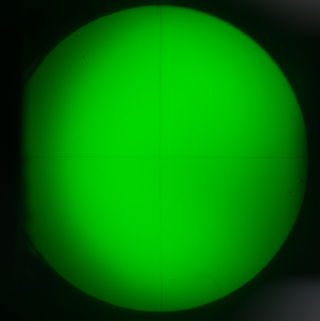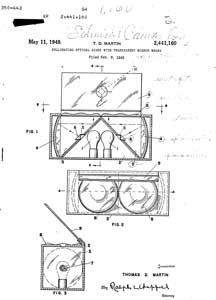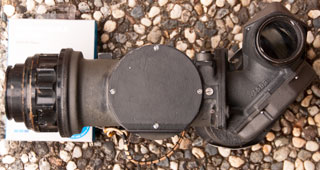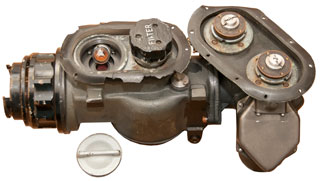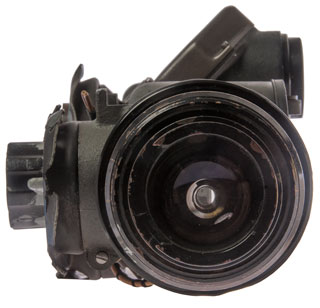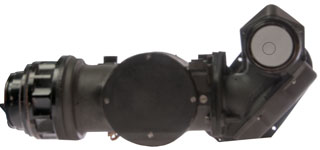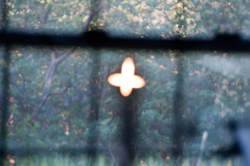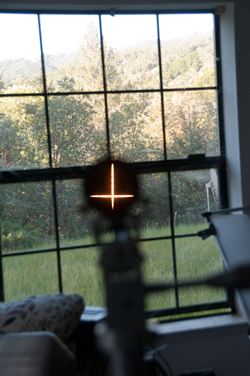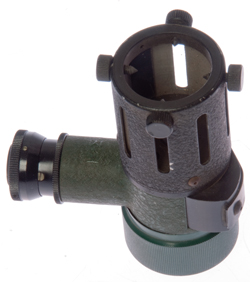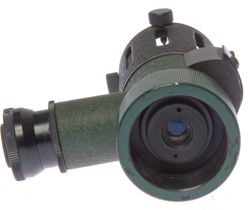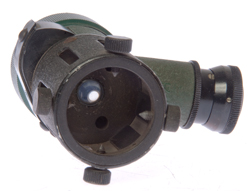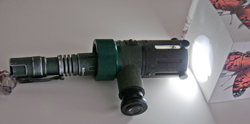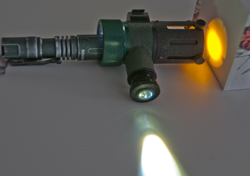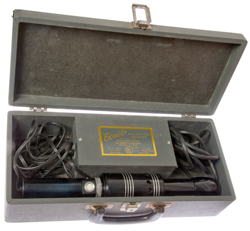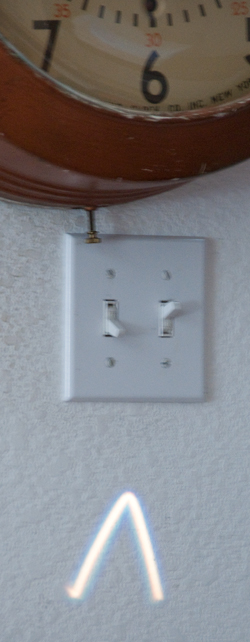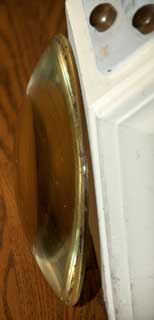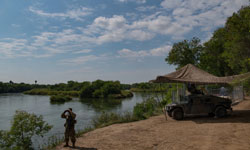Makes some
interesting points:
1. You can not paint when looking at the image inside a camera
obscura. This is because the only color that will match
the projected light is white (see note 0 above). So, while
you can do pencil sketches in a camera obscura you can not paint
with color.
2. You can do an excellent job of color matching by using a
mirror type camera Lucida (4 above). Where white light is
falling on the surface of your painting.
3. If the camera obscura projects a real image the brightness
and resolution will be degraded. This makes sense
since a white surface will scatter the light making the light
that reaches your eye much dimmer. Also the surface
roughness of the white surface will lower the resolution.
Tim got around this by replacing the white surface with a mirror
(3 above). At first he used a flat mirror (at 6), but
later changed to a concave mirror which added some magnification
to the image of the scene making it easier to paint fine
details.
4. Tim saw curvature in one of the lines. I think it was
barrel distortion (
Wiki)
from his lens.
What I think is missing is to use magnification between the
artist's eye and the canvas. The quality of details when
working at say 4x magnification makes a tremendous improvement
in the results. Hand - Eye coordination improves with
optical magnification, see
Surface Mount Components.
YouTube: Triangulation 118: Tim
Jenison - 58:32 - interview Tim Jenison
YouTube: Tim's Vermeer //
Featurette - Tim explains Vermeer (OV) - Martin Mull
Teller talks Tim's Vermeer 32:30 -
Tim's
Vermeer pals Penn & Jenison
YouTube:
David Hockney's Secret Knowledge part 3 of 8 - Falco
calculates lens parameters for Lorenzo Lotto painting
(center above), in part 7 they use a candle in a camera
obscura
YouTube: David Hockney's Secret Knowledge
- Parts:
1,
2,
3,
4, 5,
6,
7,
8.
Essential Vermeer,
Tim’s
Vermeer…from a painter’s point of view,
comments
- June 21st, 2014,
Newsletter
no. 33 Feb 1, 2015:
15. Vermeer-related film, Tim's Vermeer
-
NYT:
A
Vermeer Restoration Reveals a God of Desire - It took a
year and a half to remove the paint to expose the Cupid
image.
See:
Girl
Reading a Letter at the Open Window -
BBC:
Five
hidden symbols in Vermeer's paintings:
- Girl Reading a Letter at an Open Window: curtain in
foreground gives the illusion that the viewer should open it
- The Milkmaid: Foot warmer + blue-painted tile depicting
the love-god cupid = sexual availability of milkmaids and
female servants
- Woman Holding a Balance: the painting, but its exposed
upper section reveals Christ in Judgement
- Girl with a Pearl Earring: headgear was intended to show
her as an exotic or ancient character, jacket is made of an
iridescent fabric, Vermeer's father worked in the fabric
trade
- The Allegory of Faith: glass orb above her head symbolises
the mind's interaction with God.
Comparator Mirror
This is similar to a Camera Lucida, but different. The
Comparator Mirror results in a reversed drawing when compared
to the subject and also it's restricted to 1:1 size ratios.
YouTube: Tomas
Georgeson's videos -
YouTube: Technical Art
History: Using camera lucidas in painting class 12:44 -
inspired by the movie "Tims Vermeer" Mentions a "Zorn palette"
(Wiki:
white, red, yellow, and black pigment [no blue or green?).
Anders, Great video! I'm glad you enjoyed Tim's
Vermeer. I have a few suggestions after watching your
experiments.
- Try moving the mirror closer to the easel and closer to
the subject (Keeping the distances equal to each other to
prevent parallax). Then you wouldn't have to stretch your
arms so far, and you can see and paint details much
easier. Also,
- it is very important to establish and maintain similar
light levels on the canvas and the subject. I sometimes
place a white card next to my subject (facing the light
source) and another card flat against the canvas. Looking
through the comparator mirror, adjust the light on the
canvas and subject so the white cards match each other.
The combination of natural and artificial light can be a
problem because one fluctuates and the other is constant.
Try to avoid using both at the same time.
Tim Jenison
Brooke's additional comment: the painting is literally a
mirror image of the subject. A slightly more complex
optical system (lens + mirror) would allow the painting and
subject to be correct top to bottom and left to right. Which
allows looking at the subject, which was not allowed here.
YouTube:
The Comparator
Mirror at West Buckland School by Tomas Georgeson 7:08 -
The Comparator Mirror as a Teaching Aid at West Buckland School,
Tomas Georgeson, 2015.pdf (link on YouTube)
YouTube:
How to use a Comparator
Mirror Lesson 1 (Part 1) 14:41 Tom
Georgeson,
Part 2 -
YouTube:
A comparator mirror for
everyone? 10:31 - This device has the mirror mounted on
the easel that holds the drawing - a correct thing to do.
YouTube: Scarlet's Rembrandt copy
by Tomas Georgeson -
YouTube:
Optics in Art: Girl with
a Pearl Earring - time lapse by an artist who knows how
to mix and match colors.
YouTube:
Mirror alignment process,
Tim's Vermeer device 0:23 - setting magnification
The next step would be to make a device that combines a
comparator mirror and lens (or set of lenses) to work at
different reductions, like 1/2 size, 1/4 size, &Etc.
Epidiascope
Mona
blog: Norman Rockwell (
Wiki)
said, ‘I use the epidiascope
(Wiki: Opaque
projector) but I don’t talk about it. It just
saves so much time to take a photograph and trace it.’ But he
acknowledged that there was a stigma, that it was not something
he would openly talk about.
1904695
Epidiascope, Plies
Heinrich, Leitz Ernst Wetzlar GmbH, 1933-04-18
